But while Africa has a bit of a monopoly on the big beasts, little Costa Rica’s critter count is off the chart. This multi-faceted Central American jewel boasts more species per sq km than anywhere else on Earth, but there’s more.
From a bird once worshipped as a god to the Americas’ answer to a rhino, Costa Rica’s fauna includes some of the world’s most wondrous wildlife. Here’s our admittedly subjective shortlist of the country’s ultimate creature comforts, and where to try and see them.
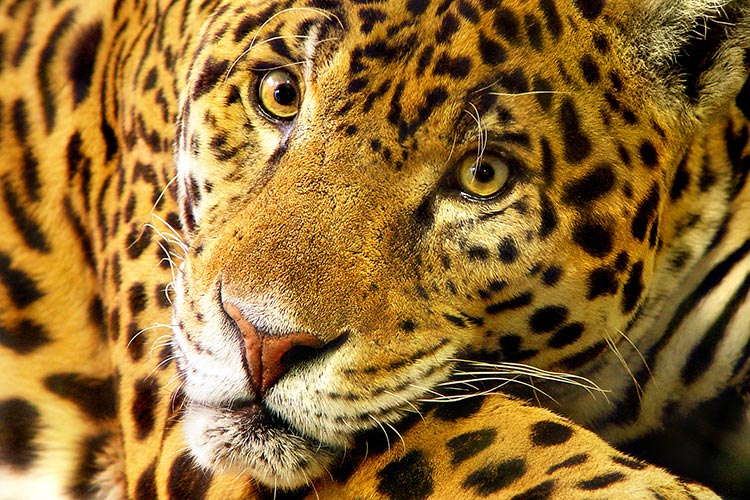
Occupying the top spot on most people’s must-see lists, this endangered, elusive feline is Central America’s largest cat. Jaguars are shy and well camouflaged, so sightings are rare. They do happen, however, and the best places to hike and hope are the Parque Nacional Corcovado and Parque Nacional La Amistad. Manage your expectations, count yourself lucky if you spot a paw print or stumble upon a pile of scat, and doubly blessed if you hear a distant roar (actually, it sounds more like a cough).
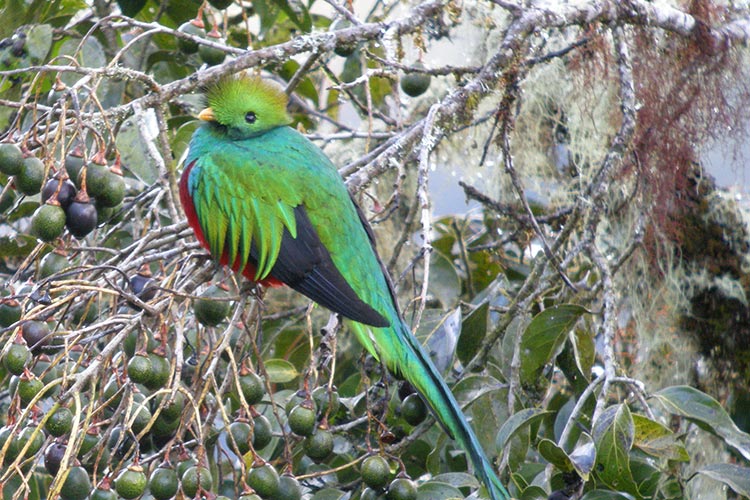
This flamboyantly feathered member of the trogon family of birds is a true twitcher’s delight. The Aztecs and Mayas were so impressed they worshipped it as a god; you’ll just be bewitched by its green body, red breast and streaming, iridescent tail feathers. The quetzal is found in many of Costa Rica’s national parks, including the binocular-burning bonanza that is the Reserva Biologica Bosque Nuboso Monteverde. More than 400 species live here so you won’t want for action. The nesting season between March and April is the best time to spot a quetzal.
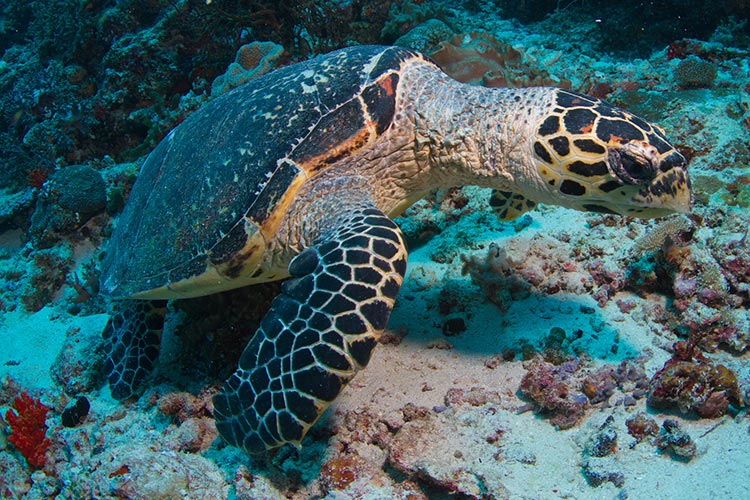
No less than four of the world’s seven species of sea turtle throng Costa Rica’s coasts. On the Pacific side, thousands of Olive Ridleys return to nest on beaches in the Parque Nacional Santa Rosa and the Refugio Nacional de Fauna Silvestre Ostional between July and November each year. But turtle obsessives won’t want to miss out on the Parque Nacional Tortuguero on the Caribbean coast, a watery wonderland where you can see nesting green turtles (mid-June to mid-September) as well as critically endangered hawksbills (February to September) and leatherbacks (March to June) as well.
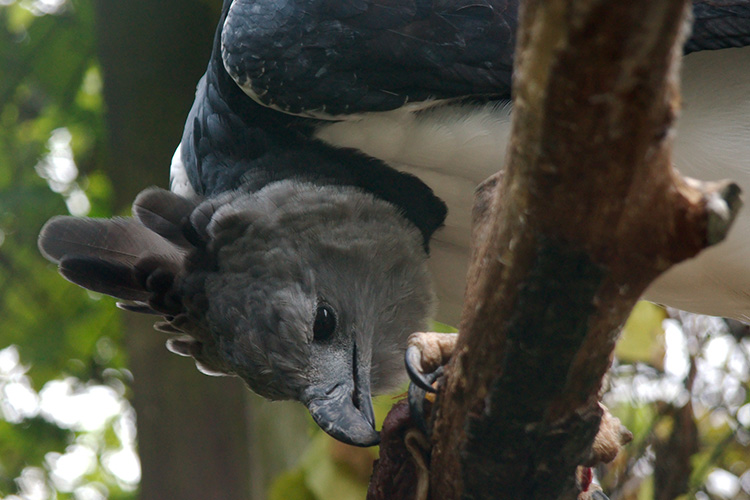
This apex predator likes nothing more than snacking on a sloth pulled from a treetop, but don’t let that sort of behaviour put you off: with a wingspan of 2m, a standing height of 1.5m, and an adult weight of up to 9kg, the harpy eagle is arguably the most powerful bird of prey in the world. They’re rare, but Parque Nacional La Amistad has a healthy nesting population. Stay quiet, keep your eyes on the skies, and don’t get mistaken for a monkey, lest those giant talons end up crushing your skull like a warm Malteser. Ouch.
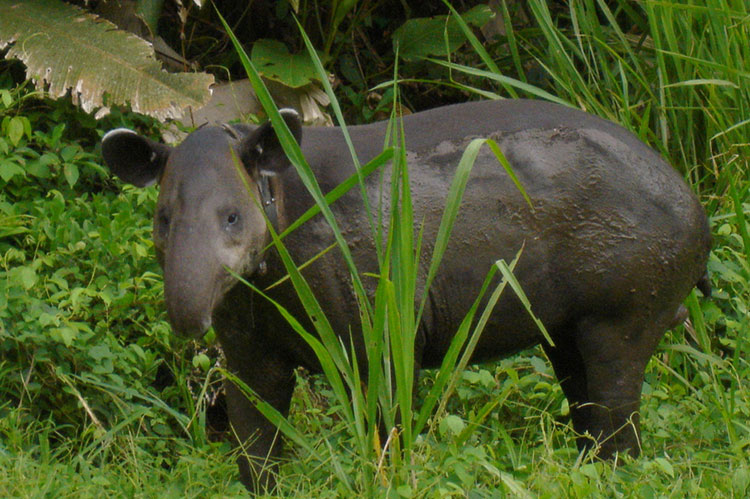
Spend any significant amount of time at the fabled Sirena ranger station in Parque Nacional Corcovado and you’ll probably conclude that Baird’s tapirs are ten a penny. Wrong. Distantly related to a rhino but looking more like a swarthy pig with a sawn-off trunk, these hefty herbivores have been brought to the brink of extinction thanks to hunting and habitat loss. Corcovado is one of their last strongholds and you can frequently spot them after dusk grazing beside the station’s tiny landing strip.